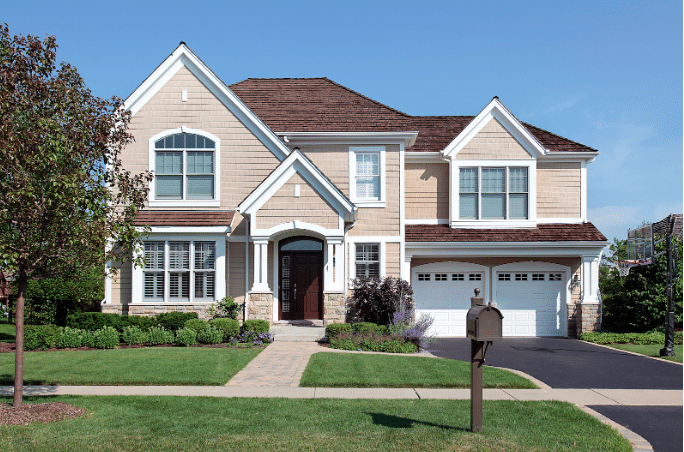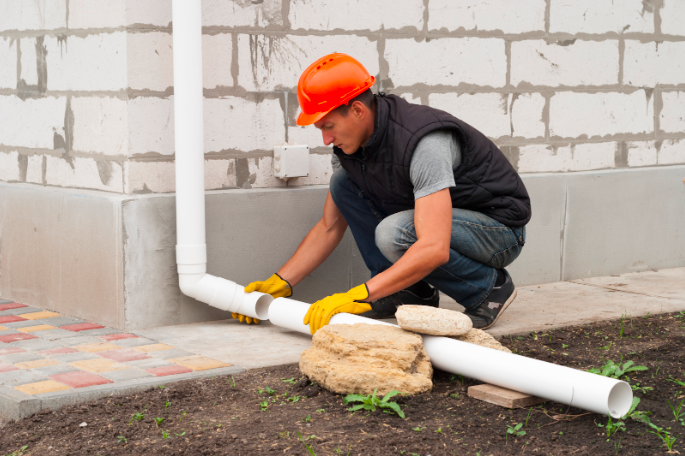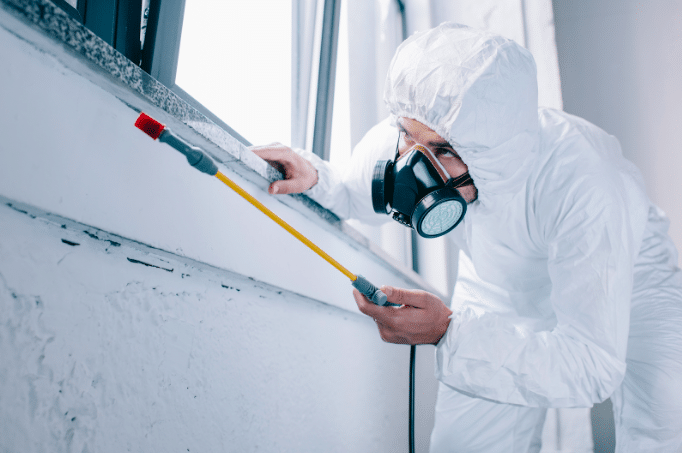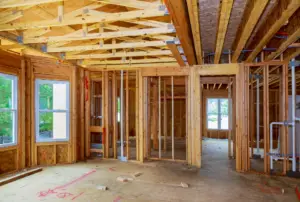Building and pest inspections are critical components of property maintenance and management, serving as the foundation for effective pest management strategies. These inspections help identify current pest infestations and building vulnerabilities and prevent future invasions. This article delves into how building and pest inspections can lead to better pest management strategies, exploring various aspects of building and pest inspection what do they look for and benefits of such inspections.

The Importance of Regular Inspections
The Importance of Regular Inspections in maintaining the health and safety of properties cannot be overstated. Routine pest and building inspections are proactive measures to identify and address minor issues before they escalate into major concerns.
These inspections, conducted periodically, help in early detection of pests, structural damages, and other potential problems that could compromise the integrity and value of the property. By ensuring that professionals regularly check a property, homeowners can avoid the high costs associated with major repairs and pest eradication efforts that result from neglected maintenance.
Furthermore, regular inspections can extend the lifespan of a property by ensuring that it remains in optimal condition, thus safeguarding the owner’s investment and ensuring a safe, comfortable living environment for its occupants.
Identifying Hidden Issues
Identifying hidden issues during a pest and building inspection is a critical aspect that requires attention to detail and expertise. Hidden issues, including water damage, structural weaknesses, and concealed pest nests, can significantly undermine the integrity and safety of a property. Inspectors utilize advanced techniques such as thermal imaging, moisture meters, and acoustic sensors to uncover these problems that are not visible to the naked eye.
This deep-dive analysis and building inspection report helps pinpoint areas susceptible to future pest infestations or structural failures, allowing for targeted interventions that address both the visible and invisible threats to a property. This comprehensive approach ensures that homeowners are fully aware of the condition of their property, empowering them to make informed decisions about necessary repairs or preventative measures.
Focusing on High-Risk Areas
Focusing on high-risk areas during pest and building inspections is paramount for thoroughly evaluating the property’s health and structural integrity. High-risk areas, such as basements, attics, and any wood structures in contact with the ground, are preferred habitats for pests like termites and rodents, and also prone to moisture-related issues that can compromise a building’s foundation.
Inspectors prioritize these zones, using specialized tools and techniques to detect the presence of pests and assess any damage or vulnerabilities. By the pest inspection report concentrating efforts on these critical regions, property owners can better understand the specific risks their property faces and take targeted action to mitigate these threats, thereby enhancing the overall safety and durability of the structure. This strategic focus not only aids in effectively managing current issues but also plays a crucial role in preventing future infestations and structural problems.

Enhancing Property Value
Owners can significantly enhance its market appeal and financial worth by ensuring a property is meticulously inspected for pests and structural integrity. These inspections not only identify and rectify issues but also assure potential buyers of the property’s well-maintained state.
Tailored Pest Management Strategies
Tailored Pest Management Strategies are crucial for effective both pest inspection and control, taking into account the specific characteristics of the property and the nature of the infestation. This personalized approach ensures that pest and building inspections are not only thorough but also strategically focused, leading to more efficient and effective mitigation efforts.
Preventive Measures
Preventive measures during pest and building inspections are essential for blocking future invasions and maintaining a house and structural health, encompassing everything from sealing cracks to employing moisture control techniques. By adopting a proactive stance, homeowners can fortify their property against pests and prevent the deterioration of the building’s infrastructure.
Educating Property Owners
Educating property owners about the nuances of building and pest inspection and building inspections empowers them to take timely action to safeguard their investments. This knowledge enables them to recognize early signs of issues, facilitating prompt intervention and preserving the property’s integrity and value.
Legal Compliance
Ensuring legal compliance is a critical component of pest and building inspections, as property owners are required to adhere to local building codes and health standards. Regular inspections help in identifying any discrepancies early, allowing for corrective measures to be taken to avoid potential legal issues and penalties.
Health Benefits
Health benefits from pest and building inspections include improved indoor air quality and a reduction in the risk of diseases associated with pests. Such pest inspector and inspections ensure a healthier living environment by identifying and mitigating sources of contamination and infestation.

Environmental Considerations
Environmental considerations during pest and building inspections are paramount, especially in promoting eco-friendly practices and minimizing the ecological footprint of mitigation strategies. Inspectors are increasingly leveraging sustainable materials and methods that ensure effective pest control and building inspection cost while protecting the local flora and fauna.
Technological Advancements
Technological advancements have significantly enhanced the efficacy of pest and building inspections, allowing for more precise detection and assessment of issues. These innovations, ranging from drone surveillance to AI-driven diagnostic tools, offer pest inspectors with unprecedented capabilities in identifying potential threats and ensuring a property’s safety and integrity.
Insurance Advantages
Insurance advantages of thorough pest and building inspections are substantial, often leading to lower premiums due to the reduced risk of pest-related damages and structural failures. Insurance companies see such inspections as proactive measures that decrease the cost and likelihood of costly claims related to infestations or structural deteriorations.
Long-Term Savings
Long-term savings from regular pest and building inspections can be substantial, as these prevent the escalation of minor issues into expensive repairs or replacements. By detecting potential problems early, property owners can avoid the hefty costs associated with major infestations and major structural defects or damages, preserving the value and longevity of their investment.
Conclusion
Building and pest inspections are essential for effective pest management. They offer a comprehensive approach to identifying, treating, and preventing pest infestations and structural damages. By adopting regular inspections, building and pest inspector and property owners can enjoy a safer, healthier, and more valuable property. The benefits of these inspections extend beyond immediate pest control, contributing to long-term property maintenance and management strategies. As such, building and pest inspections should be an integral part of property care, ensuring a secure and prosperous future for the property and its occupants.












